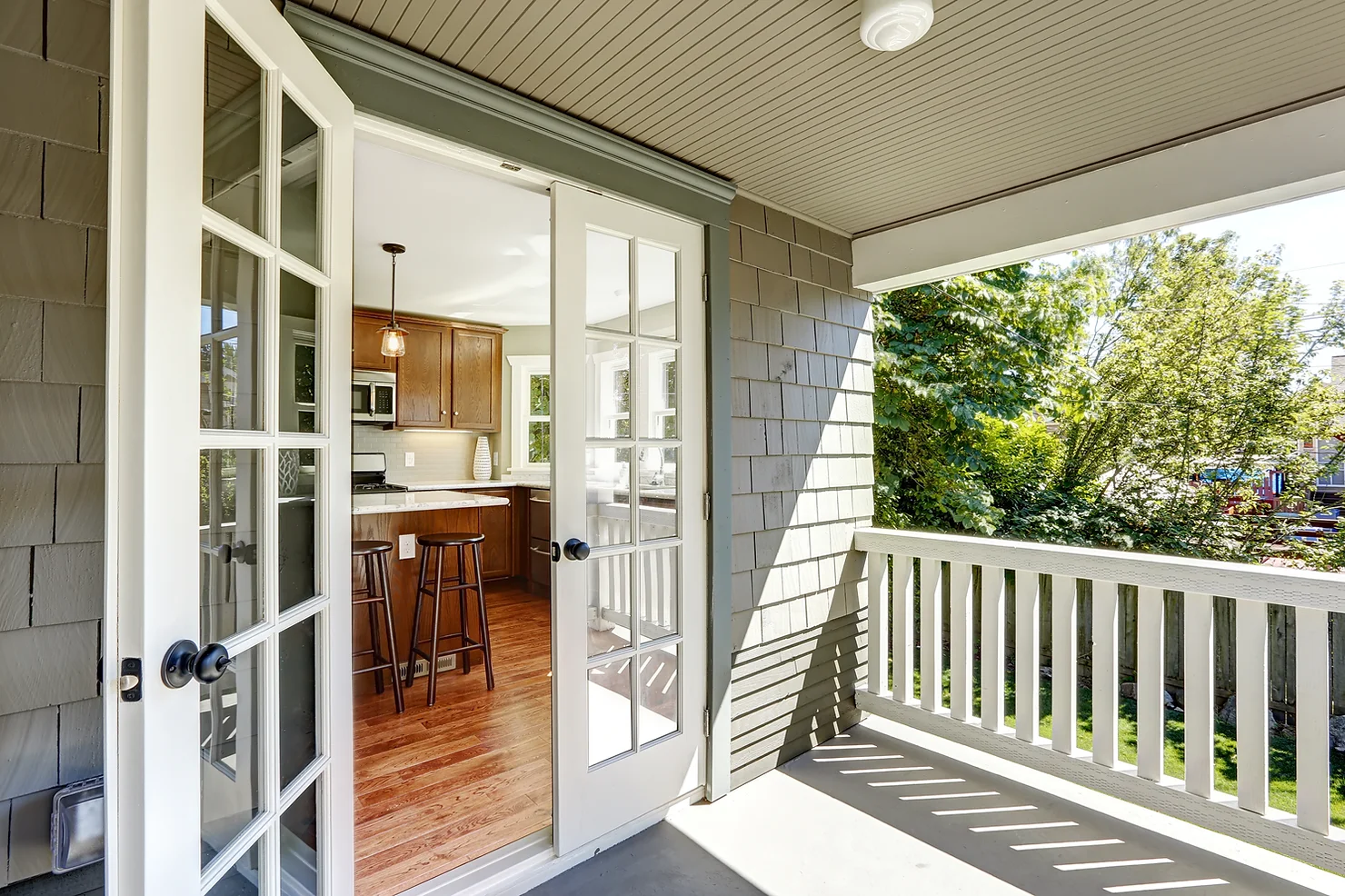
How to Maintain the Health of Your Commercial Roof
Learn the essential tips for commercial roof inspection and replacement to ensure the longevity and durability of your building's roof.

Your home’s siding is more than just an aesthetic element. It plays a crucial role in protecting your home from the elements, insulating it against extreme weather conditions, and enhancing your home’s energy efficiency. However, like any other component of your home, your siding isn’t invincible. Over time, it may begin to show signs of wear and tear that could signal the need for replacement. But how do you decipher these signs? Understanding the right time to replace your siding is paramount to maintaining the structural integrity of your home and preventing costly repairs down the line. To help you navigate this, we’ve curated a comprehensive guide that outlines key indications that your siding may need to be replaced.
Your home's exterior is its first line of defense against the elements. It is also the first thing people see when they approach your house. Therefore, maintaining the siding of your home is not just about preserving its aesthetic appeal but also about safeguarding your home's structural integrity.
The first and most obvious sign that your siding needs replacement is visible damage such as cracking, warping, or rotting. If you notice small cracks or warped panels during your routine visual inspection, it might point to a larger underlying problem. Probing the layer beneath these damaged areas can reveal the extent of the damage. If the layer underneath feels soft or crumbles upon touch, it indicates that your home is at risk of serious structural damage, and it may be time to replace your siding.
The appearance of bubbles or blisters on your siding is a clear red flag. These formations are typically a sign that water has penetrated your siding, indicating a moisture problem. Since the primary function of siding is to shield your home from moisture, the presence of bubbles or blisters suggests that your siding is not performing its job effectively.
The presence of fungus, mold, or mildew on your siding, especially near the seams, is a cause for concern. These substances thrive in moist environments, suggesting that water might be seeping through your siding. While not all fungal growths spell disaster, they warrant further investigation to rule out potential water damage.
Severe fading of your siding is a signal that its weatherproofing capabilities are deteriorating. While faded siding doesn't render your home vulnerable instantly, it's a telltale sign that you should consider upgrading your siding before more serious issues arise. Contact Lifetime Quality for a 100% free inspection of your siding.

If you find yourself having to repaint your home more frequently than the standard 8-10 year interval, the problem might not be with the paint, but the siding underneath. Peeling or chipping paint can indicate it's time to replace your siding. In such cases, consider opting for high-quality vinyl siding that requires virtually no maintenance and retains its color for a long time.
If your energy bills are escalating without any apparent reason, it might be due to poor siding insulation. The primary role of siding is to insulate your home against heat and cold, helping maintain a comfortable indoor temperature year-round. Old or damaged siding fails to insulate effectively, leading to increased energy consumption, which is reflected in your energy bills.
Sometimes, issues with your siding manifest themselves inside your home. If you observe loose wallpaper or peeling paint in your home, it might suggest that moisture is penetrating your siding and causing damage to your interior walls. This is yet another sign that your siding may be due for replacement.
At Lifetime Quality, we offer a comprehensive 100% siding inspection to help you determine the condition of your siding and whether it's time for a replacement. Our team of professionals will thoroughly assess your siding, identifying any signs of damage or wear and providing you with an in-depth report and recommendations.
Understanding the signs of siding damage and knowing when to replace your siding can save you from costly repairs and keep your home looking its best. It's crucial to regularly inspect your siding for any signs of damage and take immediate action if you notice any issues. Remember, prevention is always better than cure, and the same applies to your home's siding.
At Lifetime Quality, we're committed to providing you with high-quality siding solutions that stand the test of time. Contact us today for your free siding inspection and ensure your home continues to offer you the protection and appeal you deserve.